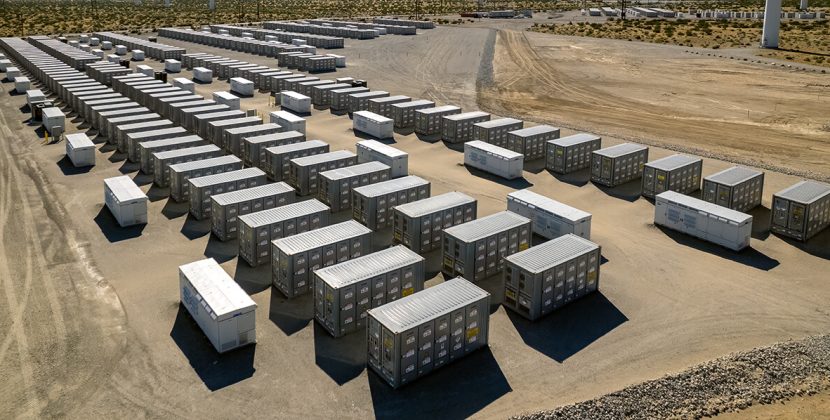
In a world where appearances matter and self-expression takes many forms, a fresh manicure is often seen as the perfect finishing touch. The allure of beautifully painted nails is undeniable, but for many individuals, the reality falls short of expectations as they grapple with the disappointing truth about the longevity of their manicures. Today, we dive deep into the world of manicure durability and uncover the factors that leave so many people feeling frustrated.
When it comes to achieving a long-lasting manicure, the choice of nail polish plays a pivotal role. With countless brands and formulations on the market, it can be overwhelming to determine which ones deliver on their promises of extended wear. Unfortunately, even some of the most popular and reputable nail polish brands can fall short in terms of durability. Consumers often find themselves lured by bold marketing claims, only to be let down when their manicure begins to chip or fade within days.
One factor contributing to the disappointing longevity of manicures is the quality of the nail polish itself. Many lower-priced polishes may lack the high-quality pigments and binders necessary for extended wear. Thin and watery formulations are more prone to chipping and peeling, leaving users feeling disillusioned with their manicure investment.
Another aspect to consider is the application technique. A rushed or sloppy application can compromise the longevity of a manicure. Proper nail preparation, including cleaning the nails, shaping the edges, and applying a base coat, is essential for optimal adhesion. However, the hustle and bustle of a busy salon environment or DIY manicures at home can sometimes lead to shortcuts and less-than-ideal outcomes.
Daily activities and lifestyle choices also contribute to the shortened lifespan of manicures. The simple acts of washing dishes, typing on a keyboard, or even just opening a package can put nails through a series of endurance tests. Those with more hands-on jobs or hobbies that involve constant contact with water or harsh chemicals are particularly susceptible to quick chipping and fading.
In recent years, gel manicures have gained popularity for their purported durability. Gel polishes, often cured under UV or LED lamps, promise chip-free wear for weeks on end. While these long-lasting options can be a game-changer for some, they come with their own set of drawbacks. The removal process can be time-consuming and potentially damaging to the nails if not done correctly. Additionally, repeated exposure to UV or LED lamps raises concerns about skin damage and potential health risks.
As consumers, we must approach the quest for long-lasting manicures with a critical eye. Researching brands, reading reviews, and seeking recommendations from trusted sources can help navigate the sea of nail polish options. Proper nail care, including moisturizing cuticles and using gloves when engaging in activities that may compromise the polish, can also contribute to extending the lifespan of a manicure.
Ultimately, it’s important to manage our expectations and remember that even the most meticulously applied manicure will eventually succumb to the wear and tear of daily life. The pursuit of a perfect, long-lasting manicure is an ongoing challenge, and while advancements in technology and formulations continue to emerge, it’s crucial to remember that no manicure is truly indestructible.
So, the next time you find yourself disappointed with the lifespan of your manicure, know that you are not alone. Take comfort in the fact that your frustration is shared by many others who have also experienced the “nailed it…not” phenomenon. Perhaps the true beauty lies in embracing imperfection and recognizing that our nails, like us, are meant to evolve and change over time.







